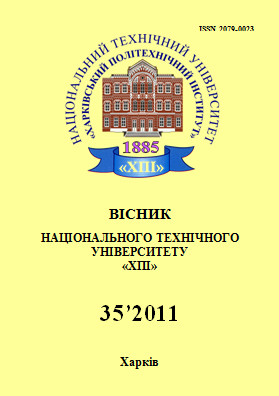Прогнозирование чрезвычайных ситуаций с помощью нейронных сетей
DOI:
https://doi.org/10.20998/%25xAbstract
В статье рассматриваются конструктивные методы и алгоритмы компьютерного и математического моделирования системы прогнозирования чрезвычайных ситуаций на основе построенной нейронной сети. Предложенный подход позволяет выполнять моделирование риска аварий на производстве и моделирования природной чрезвычайной ситуации на основе входных параметров, полученных ранее.
References
Осовский С. Нейронные сети для обработки информации / Пер. с польского И.Д. Рудинского. – М.: Финансы и статистика, 2002. – 344 с.
Тарасенко Р.А., Сидоркин К.В., Костюхин М.Н. Прогнозирование на основе аппарата нейронных сетей.
Медведев В. С., Потемкин В. Г. Нейронные сети. MATLAB 6. М.: Диалог – МИФИ, 2002.
Нейронные сети Statistica neural Networks. М.: Телеком, 2000.
Организация и обучение искусственных нейронных сетей /Авт.-сост. Л.В. Калацкая, В.А. Новиков, В.С. Садков. Мн.: БГУ, 2003.
Downloads
Published
How to Cite
Issue
Section
License
Copyright (c) 2016 Вісник Національного технічного університету «ХПІ». Серія: Системний аналiз, управління та iнформацiйнi технологiїAuthors who publish with this journal agree to the following terms:
- Authors retain copyright and grant the journal right of first publication with the work simultaneously licensed under a Creative Commons Attribution License that allows others to share the work with an acknowledgement of the work's authorship and initial publication in this journal.
- Authors are able to enter into separate, additional contractual arrangements for the non-exclusive distribution of the journal's published version of the work (e.g., post it to an institutional repository or publish it in a book), with an acknowledgement of its initial publication in this journal.
- Authors are permitted and encouraged to post their work online (e.g., in institutional repositories or on their website) prior to and during the submission process, as it can lead to productive exchanges, as well as earlier and greater citation of published work (See The Effect of Open Access).


